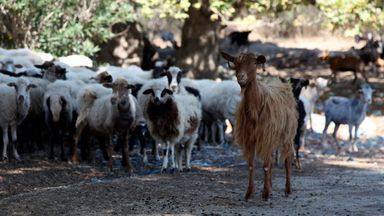Support truly
independent journalism
Support Now
Our mission is to deliver unbiased, fact-based reporting that holds power to account and exposes the truth.
Whether $5 or $50, every contribution counts.
Support us to deliver journalism without an agenda.

Louise Thomas
Editor
At least 23 people were killed and hundreds feared trapped after torrential rains caused landslides in the southern Indian state of Kerala on Tuesday morning.
The landslides hit hilly villages near Meppadi in Wayanad district. Rescue workers were trying to pull out the villagers stuck under mud and debris, but their efforts were hampered due to blocked roads, unstable terrain and the collapse of a major bridge in the area.
A person involved in the relief efforts told Reuters there were at least three landslides in the area.
Many people were feared washed away in the Chaliyar river flowing to the Nilambur region in neighbouring Malappuram district, The Indian Express reported.
India’s weather department has put Kerala on alert as the coastal state has been lashed by incessant rainfall. The department forecast extremely heavy rain in the region on Tuesday.
“The situation is serious. The government has pressed all agencies into rescue,” the state’s forest minister AK Saseendran told Reuters.
Television visuals showed muddy water gushing through rocks and fallen trees and destroying many houses.
Prime minister Narendra Modi condoled the deaths and assured that the federal government would provide all possible assistance to deal with the situation.
“I hope those still trapped are brought to safety soon,” opposition leader and former Wayanad MP Rahul Gandhi was quoted as saying by The Indian Express.
“I have requested them to ensure coordination with all agencies, set up a control room, and inform us of any assistance needed for the relief efforts.”
India regularly sees severe floods during the monsoon season, which runs between June and September and brings most of South Asia’s annual rainfall. The rains are crucial for rain-fed crops planted during the season, but often cause extensive damage.
Scientists say monsoons are becoming more erratic because of climate change and global warming.
Additional reporting by agencies
Disclaimer: The copyright of this article belongs to the original author. Reposting this article is solely for the purpose of information dissemination and does not constitute any investment advice. If there is any infringement, please contact us immediately. We will make corrections or deletions as necessary. Thank you.




